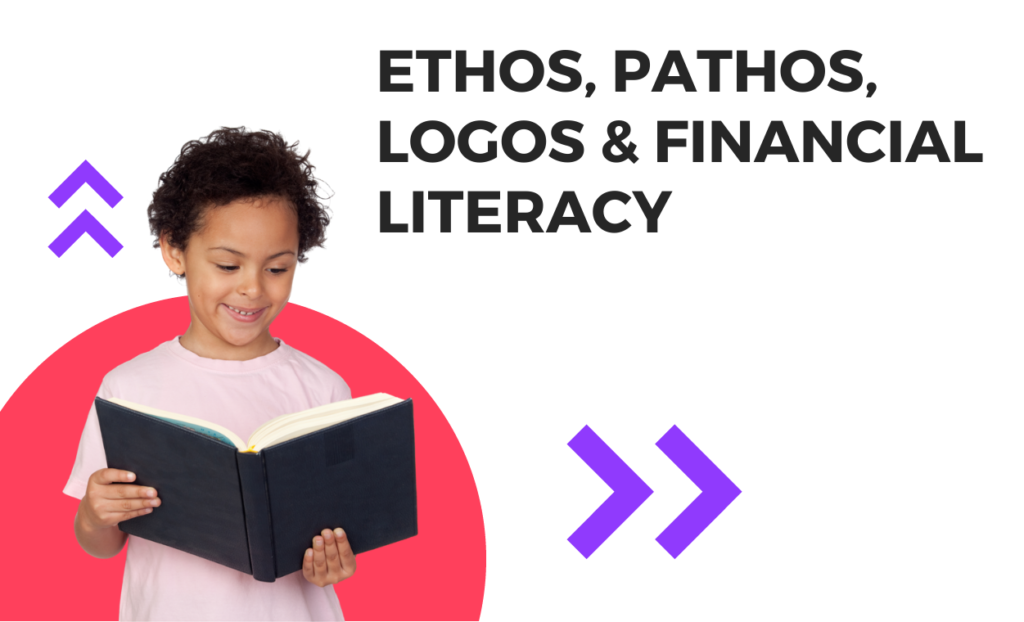
Financial Literacy – Spending Smart
- Published November 30, 2020
Smart spending habits are key to being financially stable, and it is learned behavior. We’ve all heard the phrases “the apple doesn’t fall far from the tree” and “monkey see monkey do”. These sentiments are particularly true when it comes to spending patterns. Kids often model spending habits after their parents. But that being said… just because you are good with your money doesn’t mean your kids will be. To ensure your kids pick up all your very best spending habits, follow these tips:
Financial education has many components. Smart spending habits is one of the key pillars to being financially sound. Make it part of your everyday teaching.
- Share your list and talk with them about what you need to buy before you go to the grocery store. This will help them identify and address the desire for impulse shopping (because we all know the cookie aisle is like a magnet pulling them in!)
- When shopping online, show your kids the process and explain why you’re ordering the product. They should understand that there is more to it than just “I want it, I click a few buttons and it comes in a day or two”. They also need to understand taxes, shipping rates, and potential currency differences with digital shopping.
- Ask them to help you comparison shop. Often we take our kids to buy an item (like a computer) but they haven’t seen the research and comparing that went on before you got there. Make them a part of the process.
- Tell your kids to prepare a question or two for the salesclerk (ex. Will this paint cover in one coat?) Encourage them to be outgoing. This helps kids understand how to ask for help and get product advice. This is essential to making an informed purchase decision.
- Probably the best spending habit you can pass on is to check for affordability. With every purchase, kids should get used to asking themselves “Can I afford this right now?” before they buy it. It helps them avoid costly mistakes and buyers remorse.
Financial education has many components. Smart spending habits is one of the key pillars to being financially sound. Make it part of your everyday teaching.



